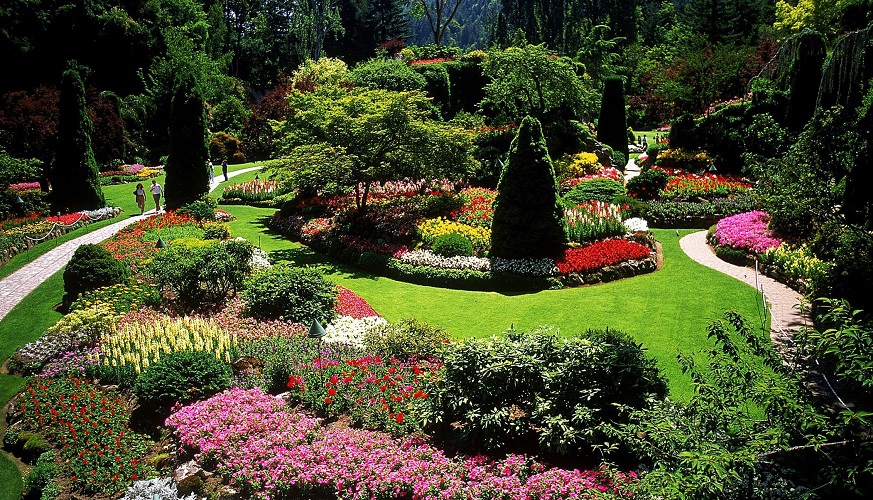
Like any other talent, being able to create an amazing landscape design requires a significant amount of skill and imagination. That being said, proper landscape design is not just a case of someone looking at a blank sheet of paper or a blank computer screen and randomly inserting plants, walkways, a lawn, and some garden furniture.
If a landscape design is going to work it needs to follow some simple, but essential principles. That does not mean to say that a landscape designers, even those who are beginners, cannot apply their own inspirational ideas to the design but it at least needs to have some level of order and logic to it.
As such, outlined below are the 5 principles which we believe you should apply to any landscape design, especially if you are a beginner, and are starting out on your very first one.
#1 Determine What Your Overall Goal Is
The first stage in any plan, including landscape design, is to initially establish what it is you want to achieve from it – whether it be a pool restoration or a new outdoor kitchen. By knowing that you can then implement and add elements within your design that will help to achieve your goals for the area you are designing for. You do not necessarily have to start the design but rather makes notes about how you would want it to look and possibly what ambience you would like to create.
#2 Consider The Location
This refers to knowing not only the area you have to work with but also other aspects like the climate, and which way your garden is facing with respect to the movement of the sun during the day. This will obviously impact on the types of features you can have, and more importantly the types of plants that you will be able to use.
#3 Decide On Your Budget
Unless you are willing to apply an unlimited budget to your landscape design, there is obviously going to be a limit on what you can spend. You will need to determine your preferences in terms of whether you are happier spending more on plants and fauna, or on other features such as lighting and garden furniture. Once you know what you are willing to spend, and on what, your design can then reflect that.
#4 Start Small But Leave Options To Expand
The issue many beginners have, especially if they have a large area they are trying to design, is that they become overwhelmed trying to create an entire landscape. You should know that there is no rule that say you have to design the entire garden on the first go. Instead, start with just a part of the garden so that you can get used to the process, and then as you gain experience, expand upon this, and do each section in turn.
#5 Don’t Be Afraid to Make Changes Or Even Start Again
Just as the natural world is in a constant state of change, you should also be prepared to accept that your first attempts at landscape design might not turn out as you expected, and you may wish to change them.
That is perfectly ok, and not a reason to beat yourself up because it did not work out. The fact that you actually had the ambition to create a design in the first place is a big plus, and being prepared to make changes, even it means going back to the beginning and starting again, is fine.
